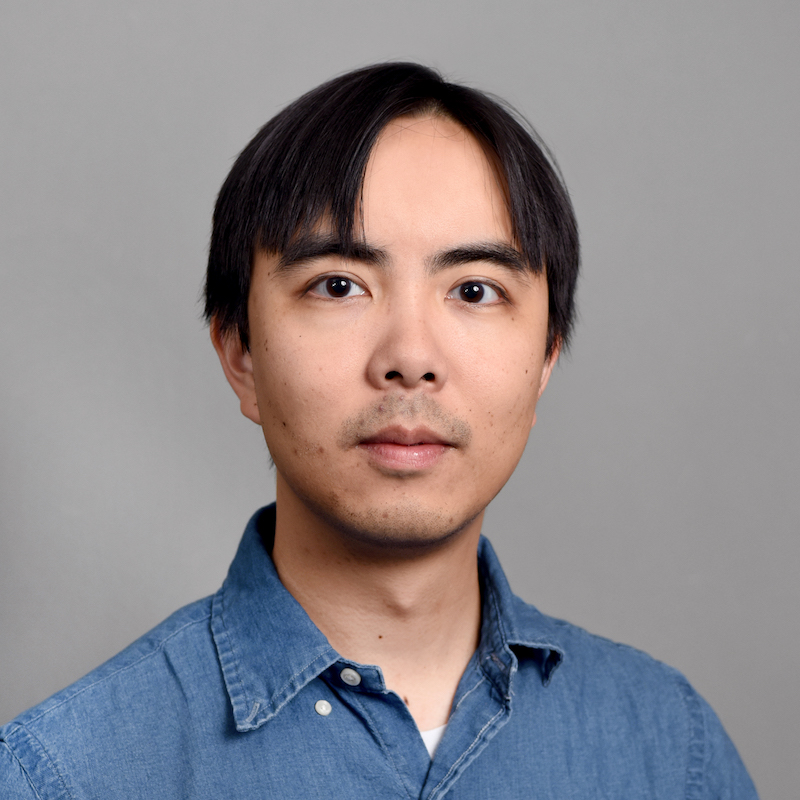
Making computers smarter, more helpful

Above: Robert LiKamWa's recent CAREER Award Visual will support his research on using computing to help augmented reality and mixed reality devices perceive the world through cameras on headsets or smartphones. These devices inspect reflective surfaces to understand physical lighting in a room in real-time to illuminate virtual objects more realistically in a project in LiKamWa's Meteor Studio. Photographer: Erika Gronek/ASU
Twelve faculty members in the Ira A. Fulton Schools of Engineering at Arizona State University received NSF CAREER Awards between November 2019 and April 2020.
Robert LiKamWa believes computers that can visually see their natural environment will be better equipped to connect with and help people in the real world.
LiKamWa, an assistant professor at Arizona State University, appointed jointly in the Ira A. Fulton Schools of Engineering and the School of Arts, Media and Engineering, leads the Meteor Studio, which designs software and hardware systems to raise the performance, efficiency, privacy and expressiveness of smartphones, tablets, internet of things, virtual reality, augmented reality, drones and other mobile systems.
In a five-year, $500,000 National Science Foundation Faculty Early Career Development Program (CAREER) Award project, LiKamWa will continue work that grew out of his dissertation studying the energy efficiency of visual computing systems.

Robert LiKamWa
LiKamWa, an electrical engineering faculty member in the School of Electrical, Computer and Energy Engineering, one of the six Fulton Schools, has always been fascinated with technology and how it can be used to improve and augment the way we see and interpret the world. In his current work, he studies the way software and hardware work together so that computer systems can interpret the visual world through their camera systems.
His work can be useful for face recognition, indoor and outdoor navigation (knowing where the device is) and data visualization purposes. It can help people who are visually or memory-impaired identify and locate important objects in their homes.
Much of LiKamWa’s work will impact how humans experience virtual and augmented reality environments.
“Virtual reality fully immerses the user in a virtual environment,” LiKamWa explains. “In augmented reality, we are seeing an overlay of the virtual inside our physical spaces. Both rely on visual computing systems in order to understand where the computer is. We need to be studying how to get past barriers of energy drain, privacy and usability of these AR and VR systems.”
LiKamWa wants to put these powerful technologies in everybody’s hands, “including those who may not be computer programmers themselves.”
He calls the CAREER Award “a great honor that shows confidence in a researcher’s trajectory,” and looks forward to continuing his work with the students in the Meteor Studio.
“The visual quality of rendered imagery in emerging applications such as augmented reality and mixed-reality suffers because video sensing and processing is a slow and expensive process, from the perspective of computation and energy requirements,” says Pavan Turaga, interim director of the School of Arts, Media and Engineering and a colleague and collaborator of LiKamWa’s.
“Robert’s CAREER Award represents a national recognition of a wide body of work he has been developing in image and video sensing from mobile devices like cell phones and augmented reality headsets that address these problems,” says Turaga. “The core idea he is developing is to sense only what is minimally needed, based on what is known about a scene. This approach will enable breakthrough advances in creating the next generation of augmented and mixed reality applications, from generating smooth performance to higher visual quality as well.”
LiKamWa appreciates having two communities within ASU to work with.
“It’s incredible to have a support network of faculty and students in both schools,” says LiKamWa. “The School of Electrical, Computer and Energy Engineering, who inform the technical fundamentals of the research, and the School of Arts, Media and Engineering, where I can collaboratively explore the broader societal implications and/or whimsical applications of technology.”
This article was contributed by Deborah Sussman, senior communications and media specialist, Herberger Institute for Design and the Arts.



































